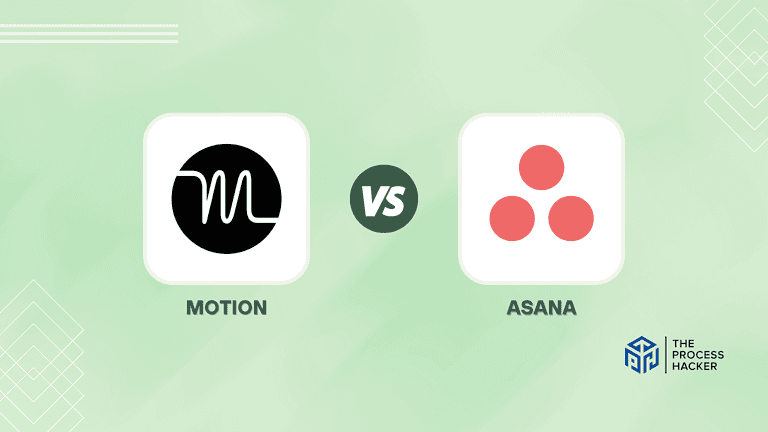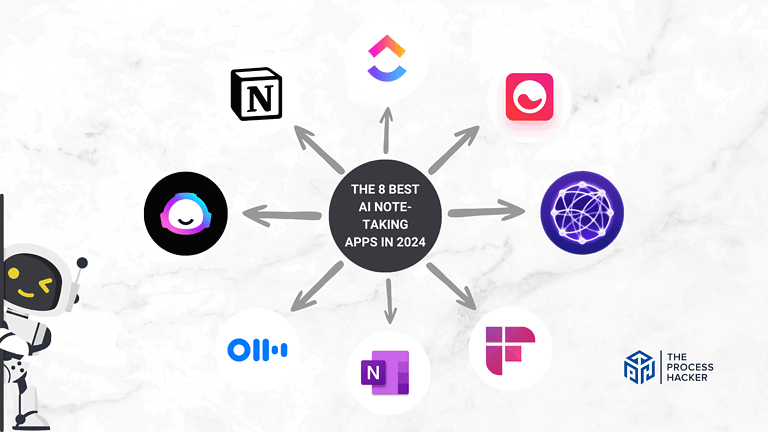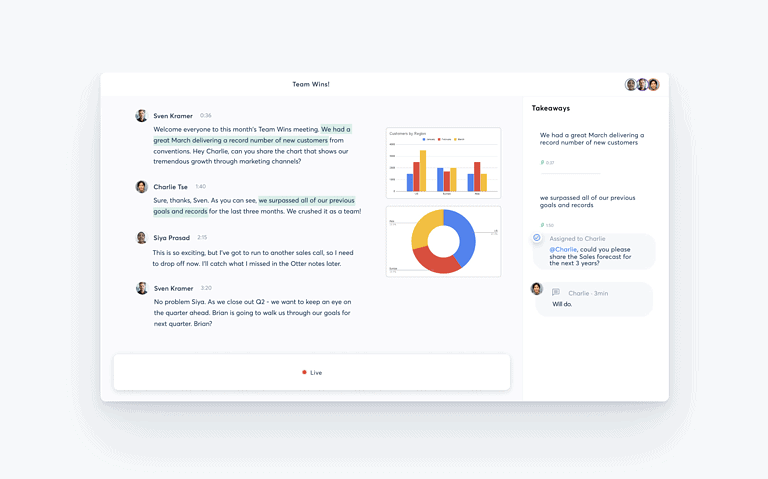Get Our Eisenhower Matrix Template to Help You Manage Your Tasks
“What is important is seldom urgent, and what is urgent is seldom important.” – President Dwight D. Eisenhower
Do you ever feel like there just aren’t enough hours in the day to accomplish everything on your to-do list?
As entrepreneurs, we are constantly juggling multiple tasks and trying to prioritize what needs to get done first. Well, have no fear – the Eisenhower Matrix is here to help!
This powerful tool, popularized by former U.S. President Dwight D. Eisenhower, helps you categorize and prioritize your tasks based on urgency and importance. And lucky for you, we have a handy template that will make implementing the Eisenhower Matrix into your daily routine a breeze.
Say goodbye to the overwhelm and hello to effective time management – get ready to take your productivity to the next level with our Eisenhower Matrix template.
What is the Eisenhower Matrix?
President Eisenhower created the method to support him in making difficult decisions about what work to focus on every day. The Eisenhower Matrix helps sort and prioritize tasks by urgency and importance, which are defined as follows:
Urgent Tasks
Urgent tasks require immediate action or attention. They have a tight deadline or must be addressed immediately to avoid negative consequences.
Important Tasks
Important tasks are those that contribute to your long-term goals and overall success. They may not have a specific deadline, but completing them will bring you closer to achieving your objectives.
These two categories of urgent and important can be further characterized into four ‘D’ groups, as shown on the Eisenhower Matrix: Do, Decide, Delegate, and Delete.
Do: Urgent and Important Tasks
Tasks to DO are important and urgent. These tasks need to be dealt with immediately.

The Eisenhower Matrix is an effective task management tool that enables users to organize tasks efficiently. It primarily focuses on managing situations under the “DO” category, which includes urgent crises, looming deadlines, or unforeseen emergencies. Ideally, planning for these critical tasks would be beneficial, but life’s unpredictability often requires immediate attention to these matters.
For instance, if your child gets injured while playing football, you must immediately prioritize this emergency over other activities, taking them to the hospital. Similarly, if you’re organizing an event and the AV equipment fails, this requires immediate resolution despite any planned personal tasks or minor distractions. In such scenarios, the Eisenhower Matrix helps you adjust your priority matrix, ensuring that the most urgent tasks are addressed first, relegating less critical or unnecessary tasks to a lower priority.
This method of task prioritization can be seamlessly integrated into Excel and Google Sheets, where tasks can be sorted and updated according to their urgency and importance. This integration allows for a visual representation of tasks, making it easier to see which ones need immediate action and which can be scheduled for later, enhancing the overall efficiency of task management.
Decide: Important But Not Urgent Tasks
Tasks to DECIDE upon are important but not urgent. These tasks do not require your immediate attention but need to be planned for.

In the Eisenhower Matrix, the main actions for DECIDE tasks are to plan and focus, as these tasks can be for project work blocks, working out, reading books or articles, or spending time with others. The key to prioritizing your activities in your life or business is by mastering this quadrant.
We will decide which tasks rise to the level of importance so that we have to plan for them. We can set aside time each week or at a relevant period to schedule when our DECIDE task will be done. Suppose that you are writing a report at work that is due in a couple of months. You can schedule work blocks dedicated to working on the report each week leading up to the deadline.
Delegate: Urgent But Not Important Tasks
Tasks to DELEGATE are not important but urgent. These tasks can be distracting and can be given to someone or something.
In the Eisenhower Matrix, the main actions for DELEGATE tasks are to use caution as these tasks can be difficult for us to do ourselves, can be distracting, or are administrative. Some of these tasks could include responding to interruptions by email or phone notifications or doing administrative work like editing posts or scheduling meetings.
We all have activities that could be a waste of our own time and effort. Instead, these tasks can be better assigned to someone else or outsourced to another app or service provider to get done.
These tasks to DELEGATE could include hiring that additional person to help our team, paying the neighbor’s kid to mow our lawn, or getting help from a mentor. I use several applications, like Surfer SEO, Grammarly, and WordPress, to help me create my website, blogs, and Instagram posts. I would waste a lot of time and energy if I were to build my site or content from scratch.
Delete: Not Urgent or Important Tasks
Tasks to DELETE are items that add little to no value and should be minimized or eliminated.

In the Eisenhower Matrix, the main actions for DELETE tasks are to avoid them as they can waste our time and be mindless or meaningless. Some of these tasks include endlessly scrolling social media, binging TV for hours, or sorting through junk mail.
Most of us have a bunch of personal and professional tasks that are utterly unnecessary or unimportant. However, we must be careful as we cannot just eliminate everything. These tasks to DELETE could include not attending meetings or calls that don’t matter, deleting social media applications from specific devices, or not going to events you’re iffy about.
How to Apply the Eisenhower Matrix for Task Management
I suggest applying the Eisenhower Matrix during the planning session before starting a new project or the next relevant period (week, month, year, etc.). At these moments in our lives, we have a bunch of new ideas about what we want to accomplish during that project or period.
Here is a simple method to apply the Eisenhower Matrix for our tasks for the next project or next month:
#1) Download our Eisenhower Matrix Template
You can quickly locate an Eisenhower Matrix Template online to help you get started. These templates are designed to help you visually categorize your tasks into four quadrants: urgent and important, important but not urgent, urgent but not important, and neither urgent nor important.
By using a template, you’ll find it easier to prioritize your activities and decide which tasks to tackle first, which to schedule for later, which to delegate, and which to skip altogether. This clarity not only enhances productivity but also reduces stress as you gain control over your workload.
#2) Brainstorm All of the Task You Need to Work On
Begin by jotting down every task that comes to mind. Whether you prefer a traditional pen and paper or a digital note application, the key is to capture all potential tasks you need to address during your project or within the month.
This exhaustive list forms the basis of your task management strategy, ensuring no important task is overlooked. Once all tasks are listed, you can start categorizing them according to their urgency and importance using the Eisenhower Matrix.
This step not only clarifies what needs immediate attention but also helps you strategically plan your time and resources for maximum efficiency.
#3) Sort Your Tasks into the Eisenhower Matrix Quadrants
Once you have listed all the tasks related to your project or the upcoming month, the next step is to sort these tasks into the four quadrants of the Eisenhower Matrix:
- Urgent and Important (tasks you need to do immediately).
- Important and Not Urgent (tasks you will schedule to do later).
- Urgent and Not Important (tasks you should delegate to someone else).
- Neither Urgent nor Important (tasks you should consider dropping).
This classification lets you visually identify which tasks require immediate attention and which can be planned for later or delegated.
Using this matrix as a guide, you can effectively streamline your workflow, ensure that critical tasks are never sidelined, and maintain your focus on achieving your goals with high efficiency.
This process not only helps in managing your current workload but also in strategically planning for future projects.
#4) Plan Your Time and Prioritize Your Tasks
After categorizing your tasks into the Eisenhower Matrix’s four quadrants, the next step is to plan your time around these priorities. This involves:
- Focusing on the “Urgent and Important” tasks first: These are the tasks that demand immediate attention and are critical for the success of your project. Ensuring these are at the top of your list helps prevent potential crises and keeps your project on track.
- Scheduling the “Important, but Not Urgent” tasks: These tasks are essential for long-term success but do not require immediate action. Planning when you’ll tackle these tasks can prevent them from becoming urgent, which will help maintain a steady flow of progress without overwhelming spikes in workload.
- Delegating the “Urgent, but Not Important” tasks: If someone else can handle these tasks, delegate them. This frees up your time to concentrate on tasks that require your unique skills or presence, optimizing efficiency and effectiveness.
- Eliminating the “Neither Urgent nor Important” tasks: These tasks can often be eliminated altogether or pushed to the back burner without significant consequences. Reducing clutter in your schedule allows you to maintain focus on what truly matters.
By planning your time according to these guidelines, you ensure that every task receives the appropriate amount of attention at the right time. This methodical approach not only enhances your productivity but also reduces stress by clarifying daily priorities and long-term goals.
This streamlined process empowers you to achieve more with your time, ensuring you effectively meet both immediate needs and future objectives.
Final Thoughts on the Eisenhower Matrix

The Eisenhower Matrix is a powerful tool that can revolutionize your task management strategy. This method allows you to prioritize your tasks effectively, eliminate unnecessary activities, and focus on what truly matters.
With its simple yet effective approach, it has the potential to transform your productivity levels and bring more balance to your life or business. So why not give it a try?
Apply the Eisenhower Matrix in your daily routine and witness the positive impact it can have on your life. Don’t let overwhelm and procrastination hold you back any longer. Take control of your to-do list and conquer your goals like a true boss!
Remember, “what is important is seldom urgent, and what is urgent is seldom important.” So make sure to identify those important tasks and allocate them the time they deserve.
In the words of the wise philosopher Plato, “The beginning is the most important part of the work.” So let this be the beginning of a new and improved you. Happy prioritizing!







